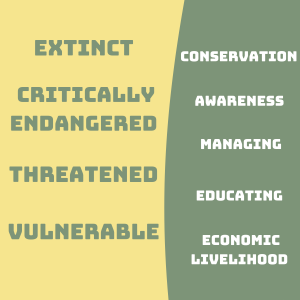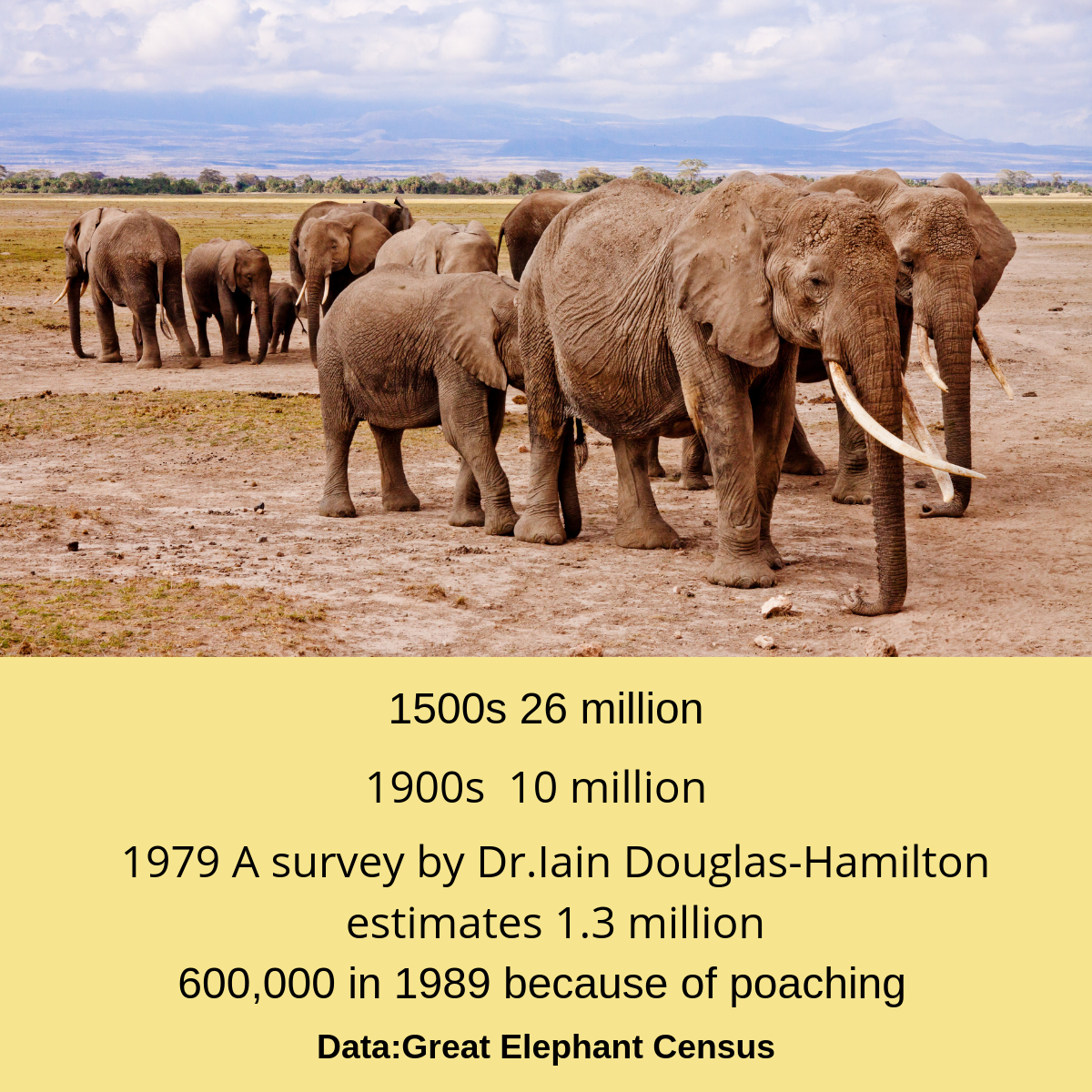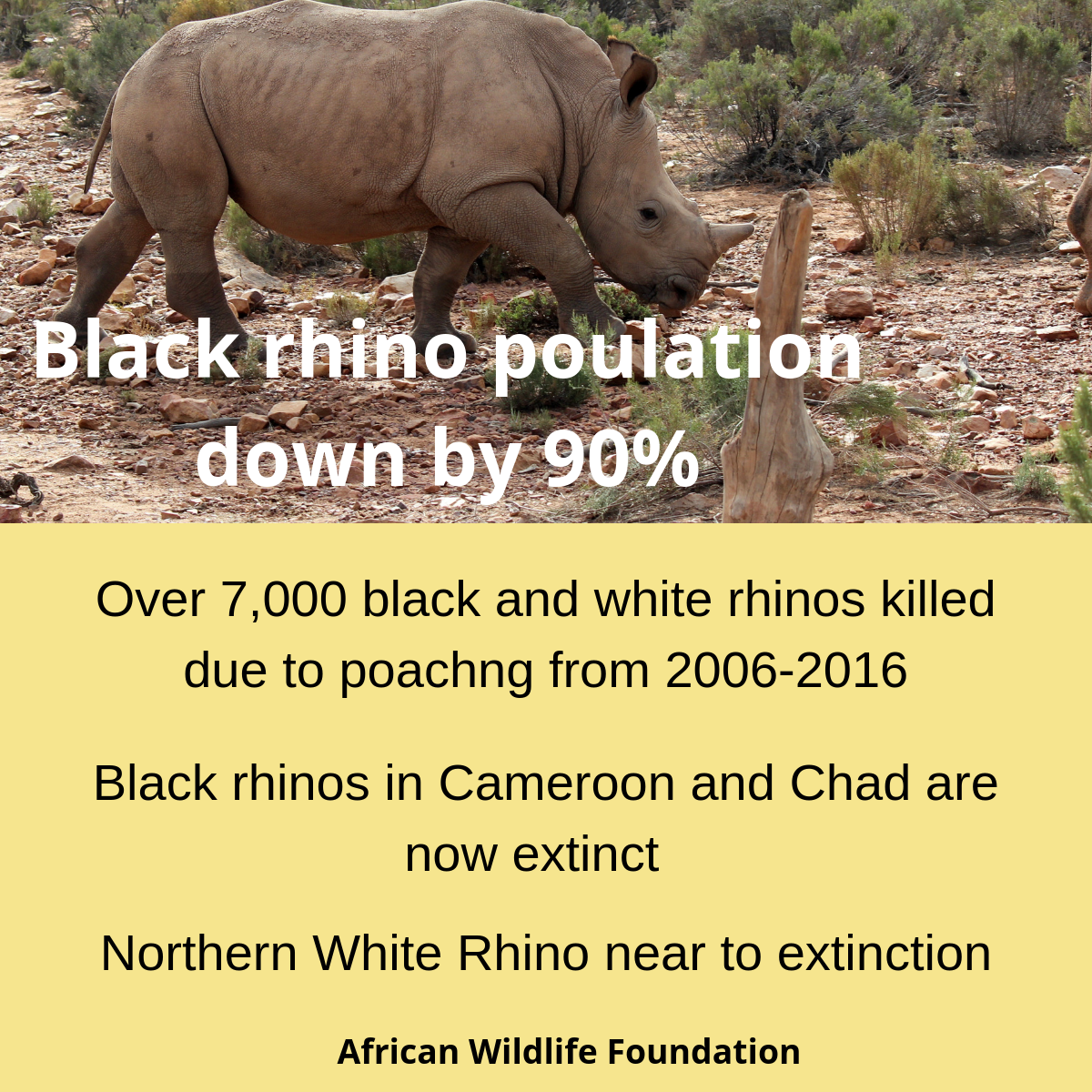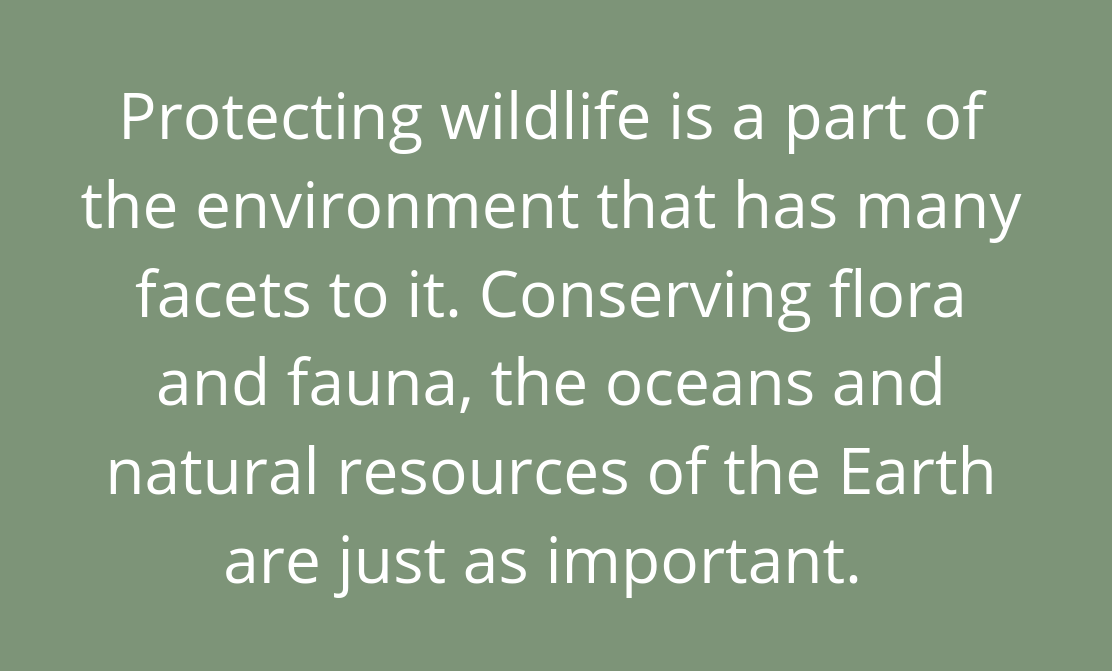Earth Day was a movement that started in America in 1970 to make the public aware and bring attention to environmental issues. It galvanized enough people to initiate the government to pass certain laws concerning the environment.
The cause which started off with around twenty million people has now grown to over a billion people across the globe who are more aware of the perils of the planet. What has become more apparent over the years is the rapid decline of a number of species and more than ever the need to protect and conserve them. The theme for this year's Earth Day is, Protect our Species.
African Wildlife
The continent which is frequented by visitors for its wildlife and ability to see some of the animals in the wild is facing a depleted stock leaving some species under threat. Poaching and hunting have had a considerable impact particularly on the elephant and rhino population and the stark numbers are staggering.
1973 Enactment of The Endangered Species Act
1978 The African elephant is on the list of The Endangered Species Act
Meeting the Challenges and Finding Solutions

There are many organizations working to engage the local populations and the public, highlighting the need to protect our species. It is of mutual benefit for the environment, the wildlife, and communities.
Animals in the wild are not just good for sightseeing and of economic value but are beneficial for a healthy ecosystem. For instance, elephants crossing land disperse seed and enable the growth of plant life for other animals to forage.
Impact of Conservation
A cause with a positive and favorable outcome.

List of threatened species on IUCN.
Some practical things that we can do
Join a campaign on the Earth Network
Plant a tree or donate to have one planted
Can protect African Wildlife
Reuse instead of disposing
Reduce and recycle
Choose renewable energy sources
Take a look at the strategy a travel company has taken to protect and conserve.



